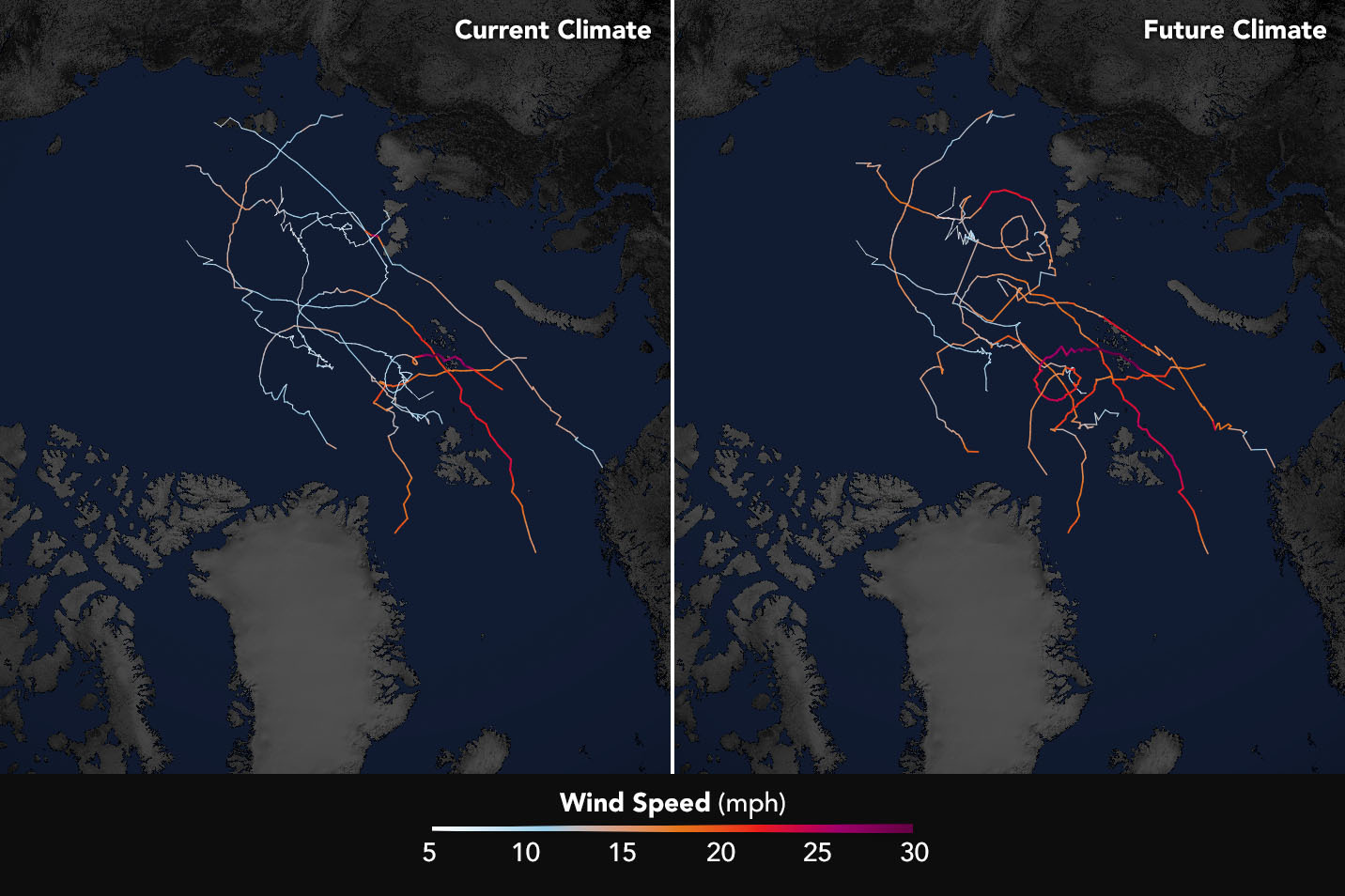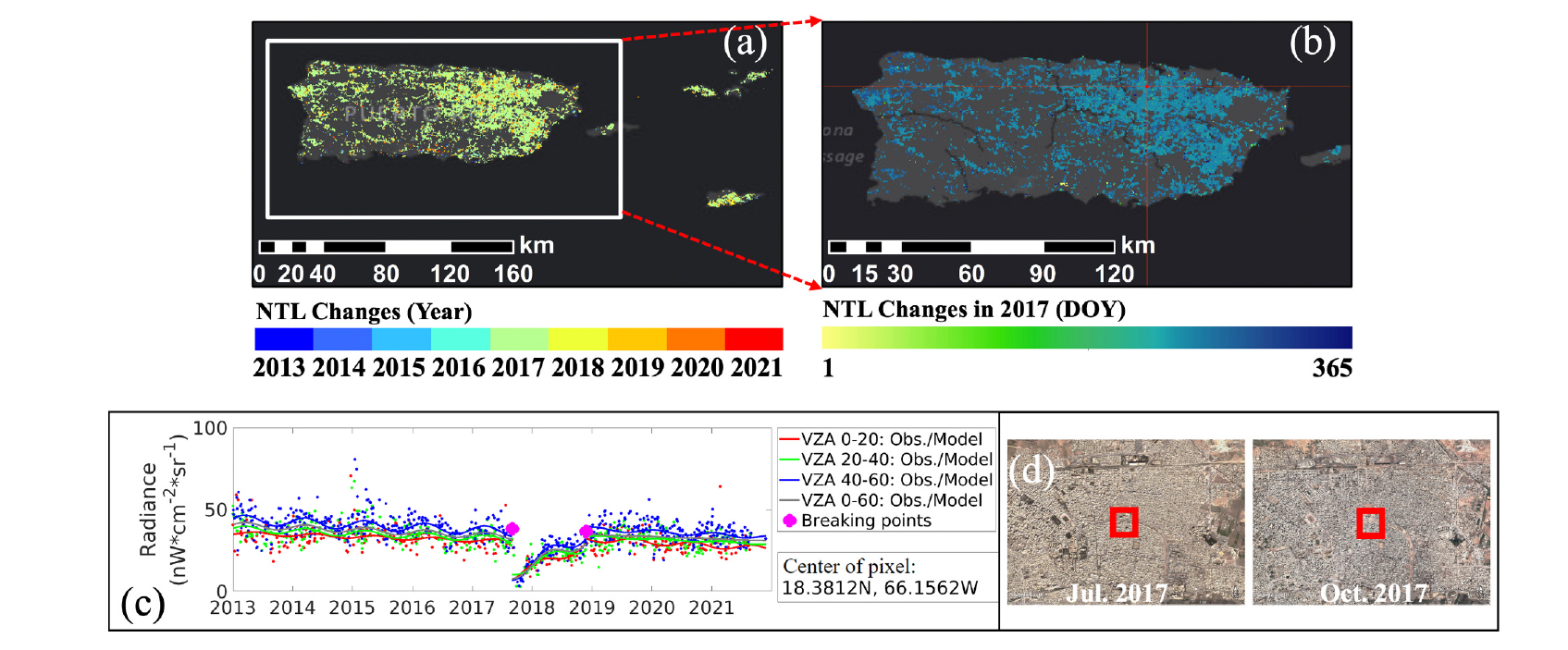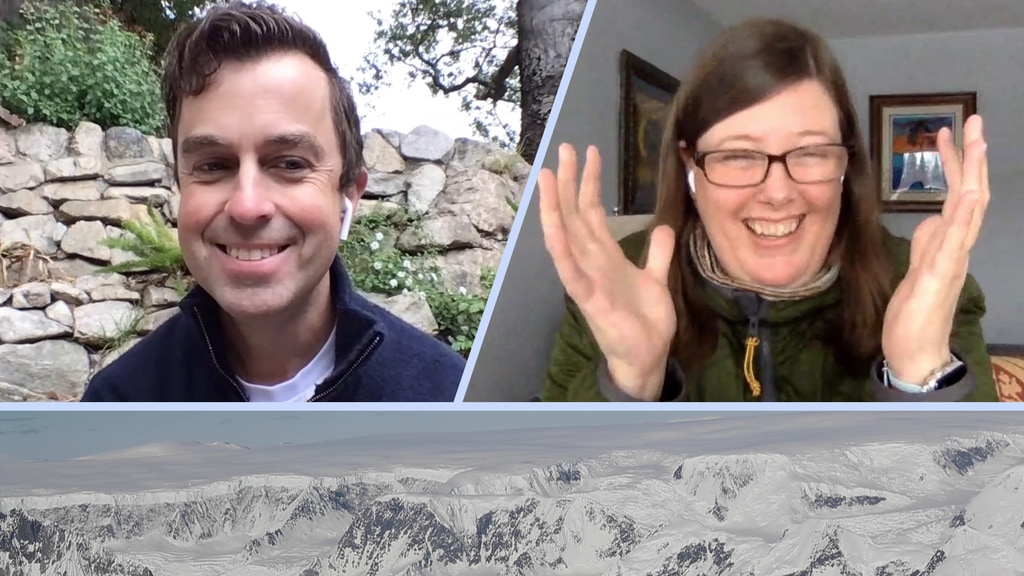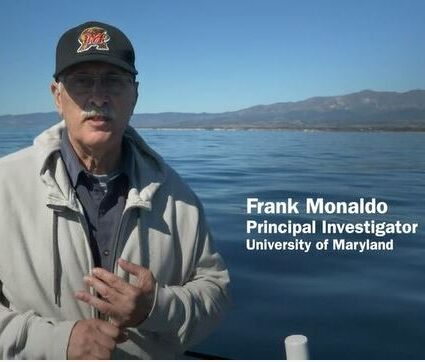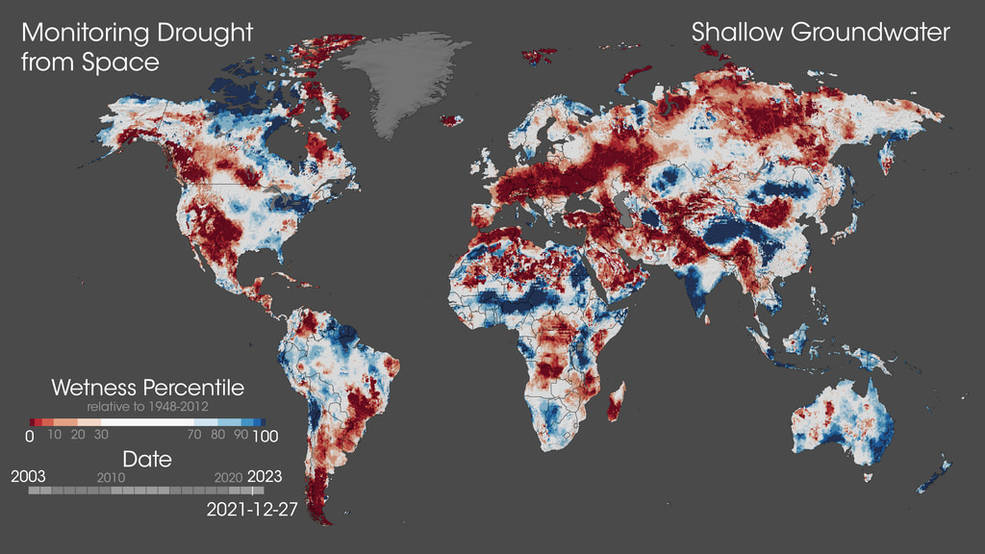
Warming Makes Droughts, Extreme Wet Events More Frequent, Intense
Scientists have predicted that droughts and floods will become more frequent and severe as our planet warms and climate changes, but detecting this on regional and continental scales has proven difficult. Now a new UMD and NASA study confirms that major droughts and pluvials – periods of excessive precipitation and water storage on land – have indeed been occurring more often.

